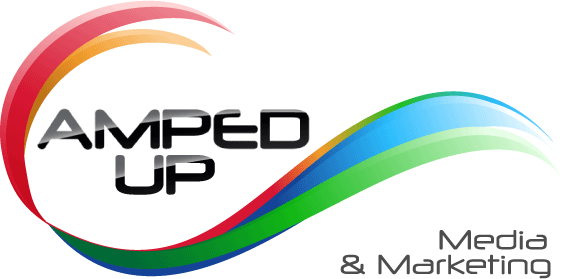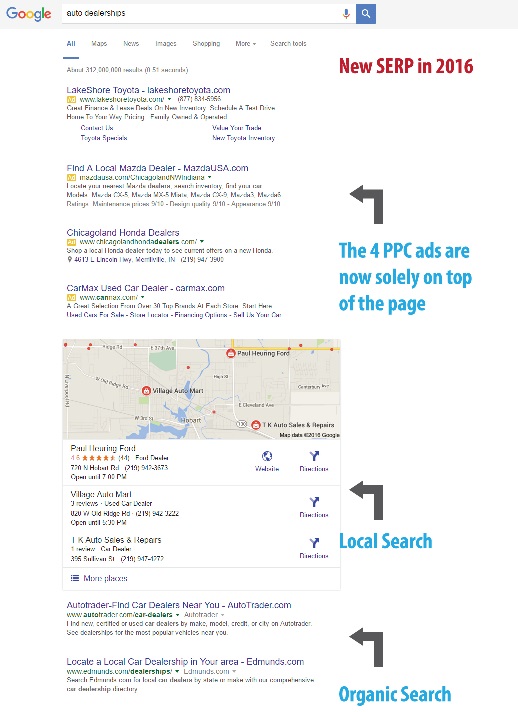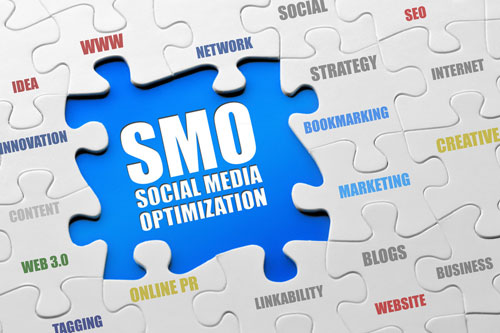Search Marketing
Search marketing can be broken into three basic groups. Search Engine Optimization, Search Engine Marketing and Social Media Optimization. No matter what your business is, you should be proactive in at least two of these. Old school tactics of interruptive marketing no longer works. Today’s consumers don’t sit through TV or radio commercials. They don’t read ridiculous oversized mailers, newspapers or magazines either. You no longer can buy an email list and “blast” unsolicited messages to people, thanks mainly to The CAN-SPAM ACT of 2003. The Do Not Call registry has taken care of telemarketers.
Today’s Consumers Are Digital, Knowledgeable and Mobile!
Consumers hate to be “sold to”, but they do want to buy. When they are ready to purchase, they will do ample research, read multiple reviews, compare and garner their information to make a shrewd and educated buying decision. What that means is that if you have a product or service to sell in a specific category or categories, you better find a way to make your brand competitively found. If it’s not you, it’s going to be someone else!
Search Engine Optimization
Search Engine Optimization (SEO) is the process of implementing strategies and techniques to increase traffic to a website by improving its ranking in search engine page results. This is partially done by ensuring that words and phrases (long tail keywords) relevant to what the site/page is offering are the focus for the search engine web crawlers. Think of it as quality control for websites. But focus keywords are just a small part of the ingredients needed to have well ranking page(s) and ultimately a well ranking website.
So let’s look at all the key ingredients that are needed for a high ranking page.
CONTENT
Curate great copy. Often.CONTENT
Search engines love high quality content that is added on a frequent basis.META TAGS
Describes page content.META TAGS
Meta tags are the description of the content of your page or your post. It’s the first thing a consumer reads when researching a business.SOCIAL SIGNALS
Post quality on social media.SOCIAL SIGNALS
Post your great content on all social medias often. This helps you be authoritative and builds backlinks quickly.KEYWORDS
Focus keywords & phrases.KEYWORDS
Research keywords that pertains to your content subject that’s also related to how people would search for your industryLINKS
Links in and out.LINKS
A good mix of internal and external links is highly recommended. Earn your backlinks the right way and never buy them.REVIEWS
Reviews are endorsements.REVIEWS
Positive reviews on review sites help sway people’s buying decisions, which in turn helps local search rankings through review signals.CITATIONS
Directory site registration.CITATIONS
Having consistent citations on as many 3rd party directories as possible is imperative. It helps build brand consistency & reputation.If you’re sure your site has all of these pieces, then the rest is just putting the puzzle together. Remember, having high quality optimized copy is more important than having a lot of content. Also knowing how to do keyword research and being able to figure out what and how your competitor sites that rank well for your keywords are doing it. Click on the links for more in-depth details on keyword research and citation management. For more information:
Search Engine Marketing
Search Engine Marketing (SEM) are the “paid listings” that you see occupying the top four spots of a search engine results page(SERP). Google AdWords is the most popular paid search platform used by SEM marketers, followed by Bing Ads, who also are responsible for paid ads on Yahoo. Paid advertising is charged by either by cost-per-click (CPC) or cost-per-impression(CPI).
As an advertiser appearing on a SERP, you would pay the search engine for each user’s individual click on your ad if on CPC model.
On the CPI model, an advertiser appearing on a search results page, pays for every 1,000 times your ad appears (not clicked on) on the page.
So which one is right for you?
The general rule of thumb is that if you are trying to “sell” something, then you would use CPC, and if you were trying to build product or brand awareness then CPI would be a better fit for you.
Paid Search Market Share
In the case of Google AdWords, how do they determine what ad appears in 1st place?
It’s based on many factors using a formula called Ad Rank. Ad Rank gives your ad a score based on keyword bid, your ad quality and your landing page (this is where your potential customer will land when they click on your ad, and it’s usually a specifically generated page for that product or service). Google also uses what’s known as, expected impact of extensions and other ad formats. This levels the playing field, so even if a competitor with a much larger budget bids more than you, you can still achieve a higher position with highly relevant keywords and ads.
Determining a budget depends on a few factors. The size and scope of your market, the competitiveness of your industry, the cost and profitability of your product or service to mention a few. With paid marketing it’s more important to focus on the return on investment rather that the cost associated in entering the marketplace.
A good formula is: # of keywords X 150 clicks/keyword X cost per click = Entry Budget
Get A FREE Digital Advertising Quote Now!
Call (219) 669-3063 to speak with us
Social Media Optimization
Social media optimization is the enhancement of your company’s presence and online reputation through the use of interactive communities to generate a viral buzz about a brand, event or product. These communities are social media platforms, forums and blogs. They boost brand visibility, generate leads and drive traffic and sales.
When someone shares a link to your website on the major social media platforms, wouldn’t it be great if you could control what is seen. Well you can. Facebook and LinkedIn uses Open Graph protocol, Twitter uses Twitter Card meta tags and Google+ gives you the option to use semantic microdata markup. This allows you to preset and control what is seen (images and description) when links are shared socially. Google’s hummingbird algorithm update in 2013, lent greater weight to social links and social sharing with regards to SEO rankings.
Google's Algorithm updates and why should a business owner care
Mobilegeddon, Phantom 2, Panda 4.2, RankBrain, Core Algo Update
If you are a business owner with a website but have no clue about any of the above strangely named Google search algorithm updates and how they may have a huge impact on your Search Engine Results Page(SERP) rank, you need to either fire your marketing company, website designer/maintenance company or need to hire Amped Up Media & Marketing. Those 5 algorithm changes were just from 2015.




